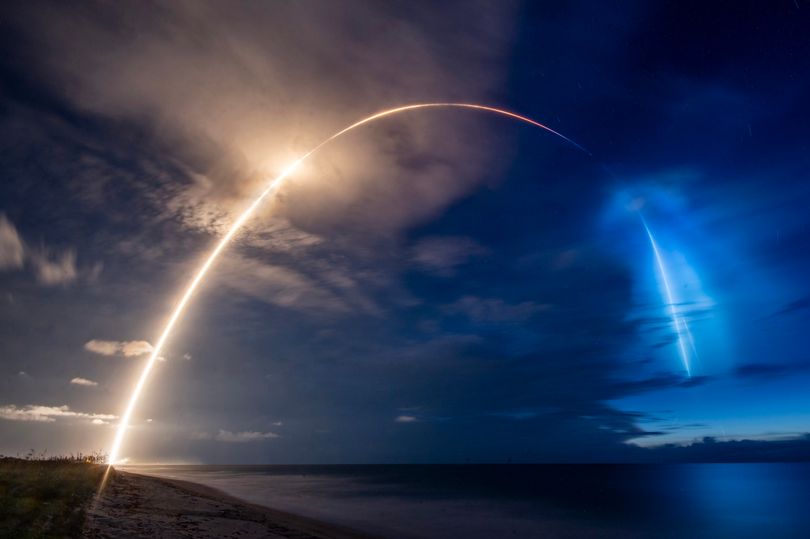Elon Musk’s SpaceX had planned to launch 60 satellites into space, as part of its Starlink mission, which aims to provide low-cost internet to remote areas

Plans by SpaceX to launch 60 satellites into space as part of its Starlink mission has been scuppered again today due to weather conditions.
It had been hoped the mission would provide low-cost internet to remote areas, but minutes before it was due to take off SpaceX confirmed it would not be going ahead.
SpaceX tweeted: “Standing down from today’s mission due to weather; proceeding through the countdown until T-1 minute for data collection. Will announce a new target launch date once confirmed on the Range.”
The Falcon 9 rocket was set to launch from Cape Canaveral at 16:59 BST (11:59 AM EDT), and carry 60 Starlink satellites into orbit.
SpaceX previously said that weather conditions are 60% favourable. It would have been the tenth batch of Starlink satellites, bringing the total number in orbit to over 500.
NASA’s Kennedy Space Centre previously said: “SpaceX is scheduled to launch Starlink satellites from a Falcon 9.
“This will be the 10th mission in support of the constellation of networked satellites known as Starlink.
“The goal of Starlink is to create a network that will help provide internet services to those who are not yet connected, and to provide reliable and affordable internet across the globe.”
During the launch, the Falcon 9 rocket planned to carry the Starlink satellites into orbit, before attempting to land at sea.
Elon Musk hopes the satellites will bring low-cost internet to remote areas on Earth.
Starlink explained: “With performance that far surpasses that of traditional satellite internet, and a global network unbounded by ground infrastructure limitations, Starlink will deliver high speed broadband internet to locations where access has been unreliable, expensive, or completely unavailable.”
However, several astronomers have raised concerns that one of the satellites could pass in front of a telescope and obscure an image.
In a recent study, published in arXiv, researchers led by Stefano Gallozzi, wrote: “Depending on their altitude and surface reflectivity, their contribution to the sky brightness is not negligible for professional ground based observations.
“With the huge amount of about 50,000 new artificial satellites for telecommunications planned to be launched in Medium and Low Earth Orbit, the mean density of artificial objects will be of >1 satellite for square sky degree; this will inevitably harm professional astronomical images.”
SOURCE
The Sun



